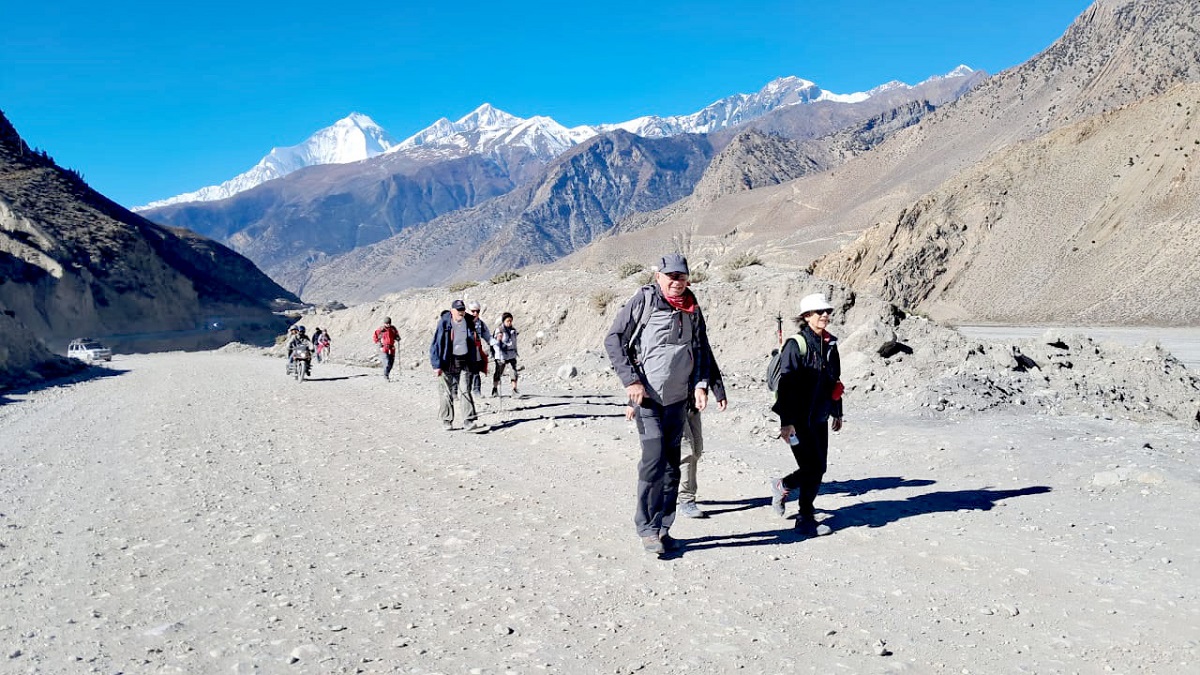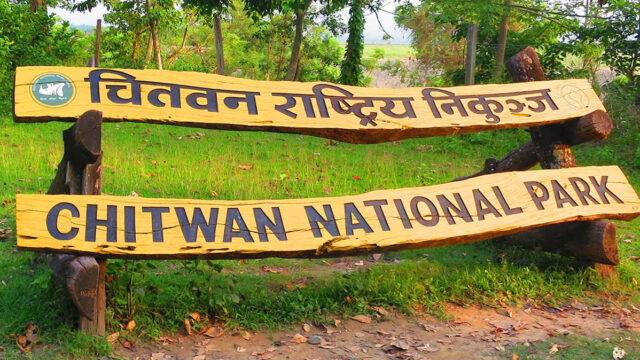After years of disruption caused by the COVID-19 pandemic and devastating floods and landslides, foreign tourist arrivals in Manang are steadily increasing. According to the Annapurna Conservation Area Project (ACAP), a total of 33,648 international tourists visited Manang in the Nepali calendar year 2081 (2024–2025).
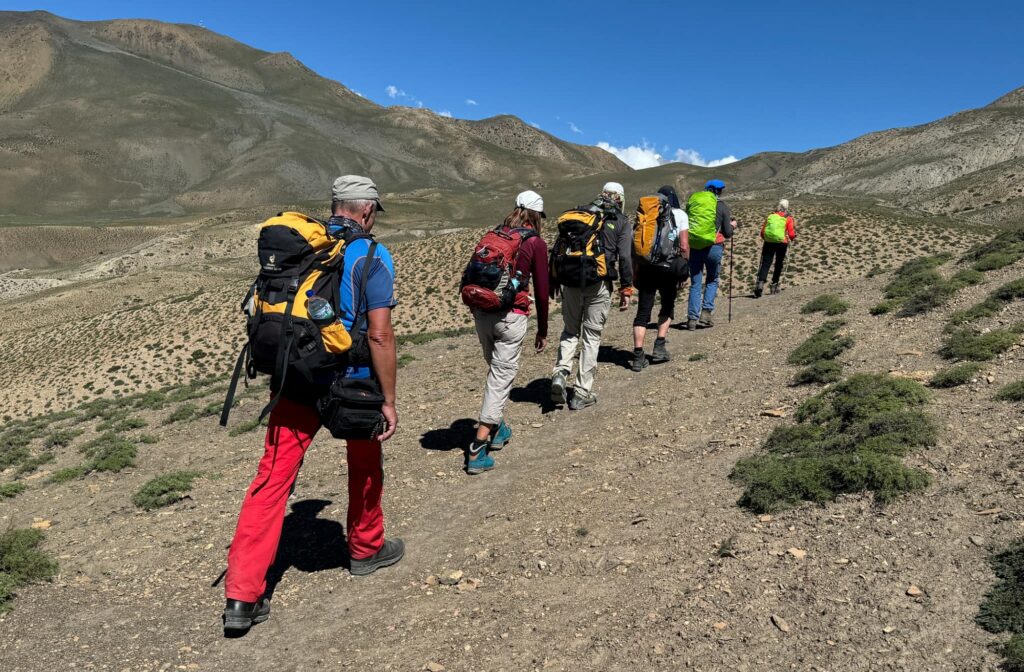
Known for its pristine natural beauty and rich cultural heritage, Manang continues to attract tourists from around the world. ACAP Chief Dhak Bahadur Bhujel shared that the district experiences peak tourist influx during two primary seasons, with the highest number of visitors recorded in the month of Kartik (October/November). “A total of 9,279 foreign tourists arrived in Kartik alone, while the lowest number was recorded in Shrawan (July), with only 252 visitors,” Bhujel reported.
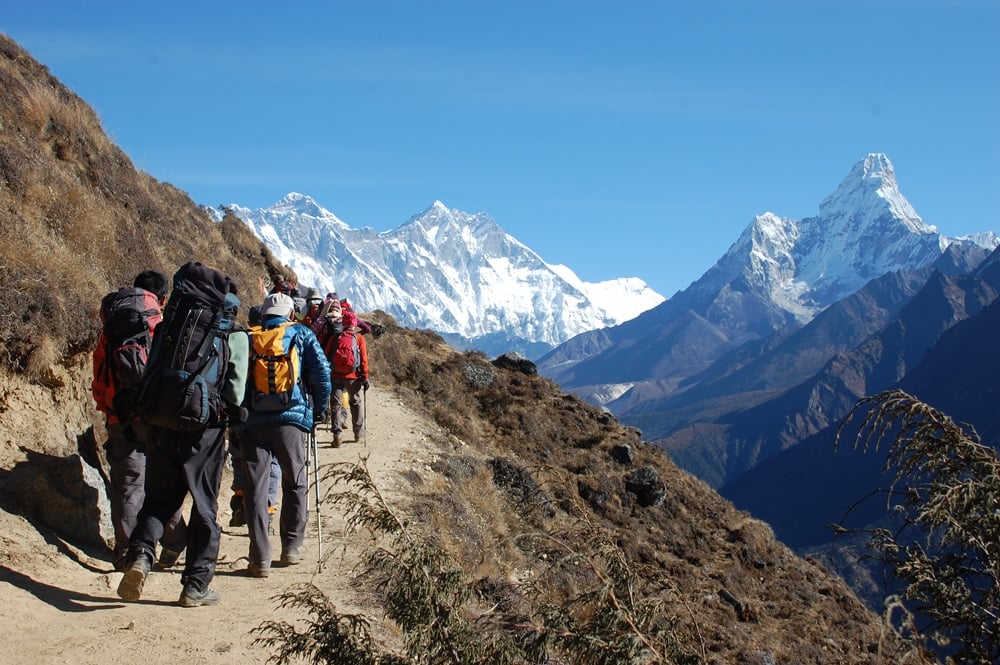
Of the total international tourists, 20,161 were male and 13,487 were female, representing visitors from 123 different countries. Bhujel noted that French nationals topped the list, with 3,388 tourists visiting the district. Other major source countries included Israel, Germany, India, the United Kingdom, the United States, Australia, China, the Netherlands, Russia, and Poland.
Bhujel emphasized the growing appeal of Manang among both domestic and international tourists. “With gradual improvements in road connectivity and the district’s stunning landscapes, the number of visitors has been rising. Although no official data is recorded for domestic tourists, their presence has visibly increased,” he added.
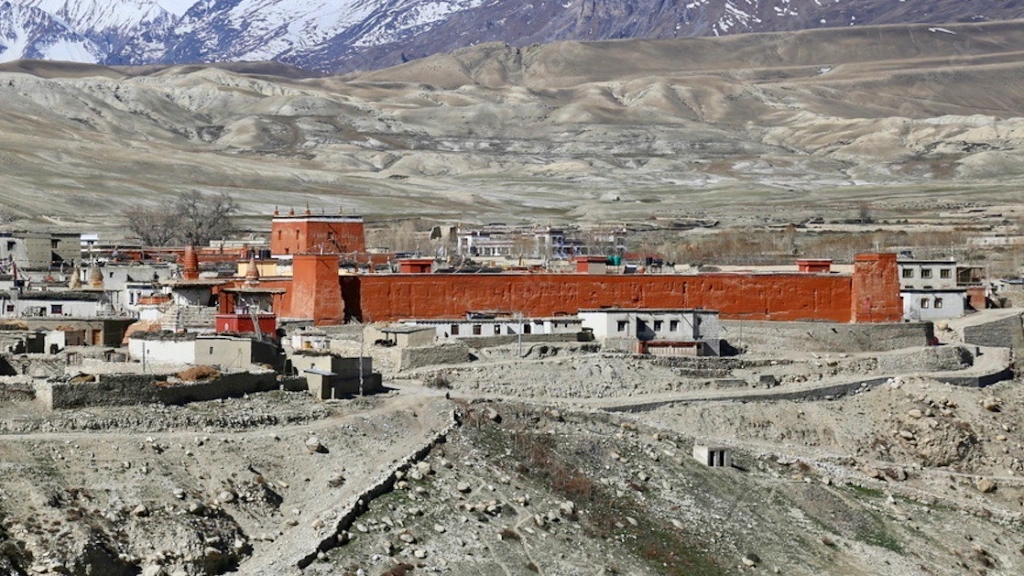
Nepali citizens are increasingly engaging in travel, particularly to remote and rural areas, contributing to the promotion of domestic tourism. “Internal tourism is playing a crucial role in showcasing Nepal’s diverse travel destinations. More Nepalis are exploring adventurous trails and rural lifestyles,” said Bhujel. Foreign tourists, meanwhile, are drawn by the opportunity to experience local traditions, culture, and the unique Himalayan lifestyle.
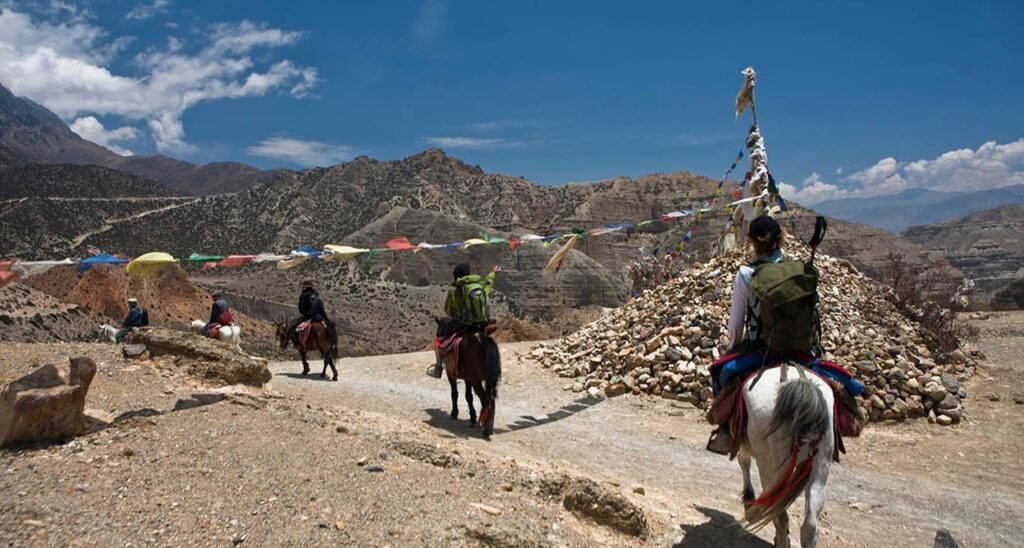
Tourism entrepreneur and Peace Land Hotel operator Guru Prasad Gurung from Tal village observed a recent uptick in tourist traffic. “The number of both domestic and international tourists has increased by about 200 per day compared to previous times,” Gurung said. He credited the surge to the majestic mountain views, cultural richness of the Manang people, and the area’s scenic beauty.
Tourists often explore Manang via the Annapurna Circuit, which is listed among the world’s top ten most challenging trekking routes. The trail takes them across the Thorong La Pass into Mustang and ultimately to Pokhara. The journey typically begins at Besisahar Municipality–7, Manange Chautara, in Lamjung district considered the gateway to the Annapurna Circuit.
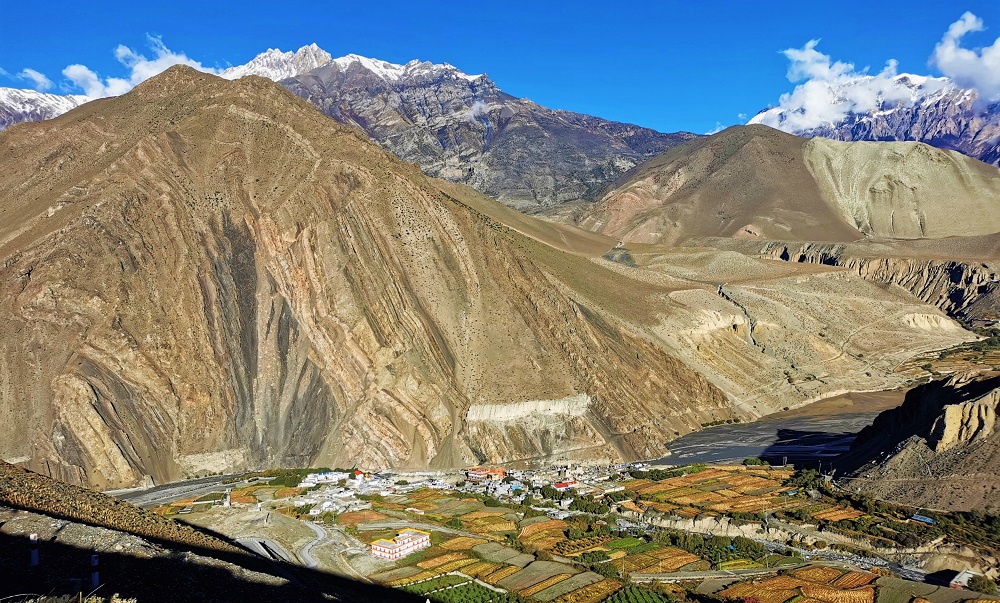
The Annapurna Circuit links five districts: Lamjung, Manang, Mustang, Myagdi, and Kaski. With improved road access, travelers now reach as far as Chame and Khangsar by vehicle before continuing their journey on foot to major destinations within the circuit. As Manang reclaims its place as a premier trekking destination, stakeholders express optimism that sustained efforts in tourism promotion and infrastructure development will further boost the region’s appeal.
